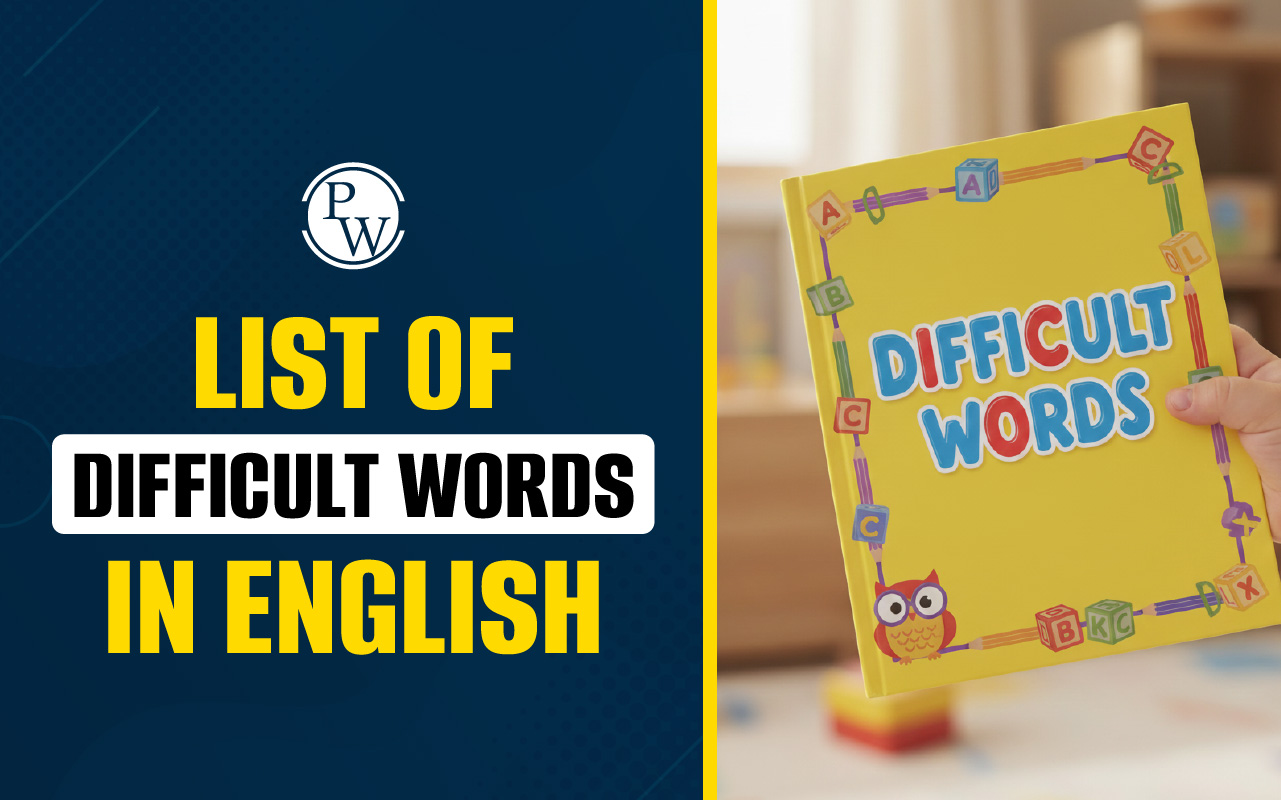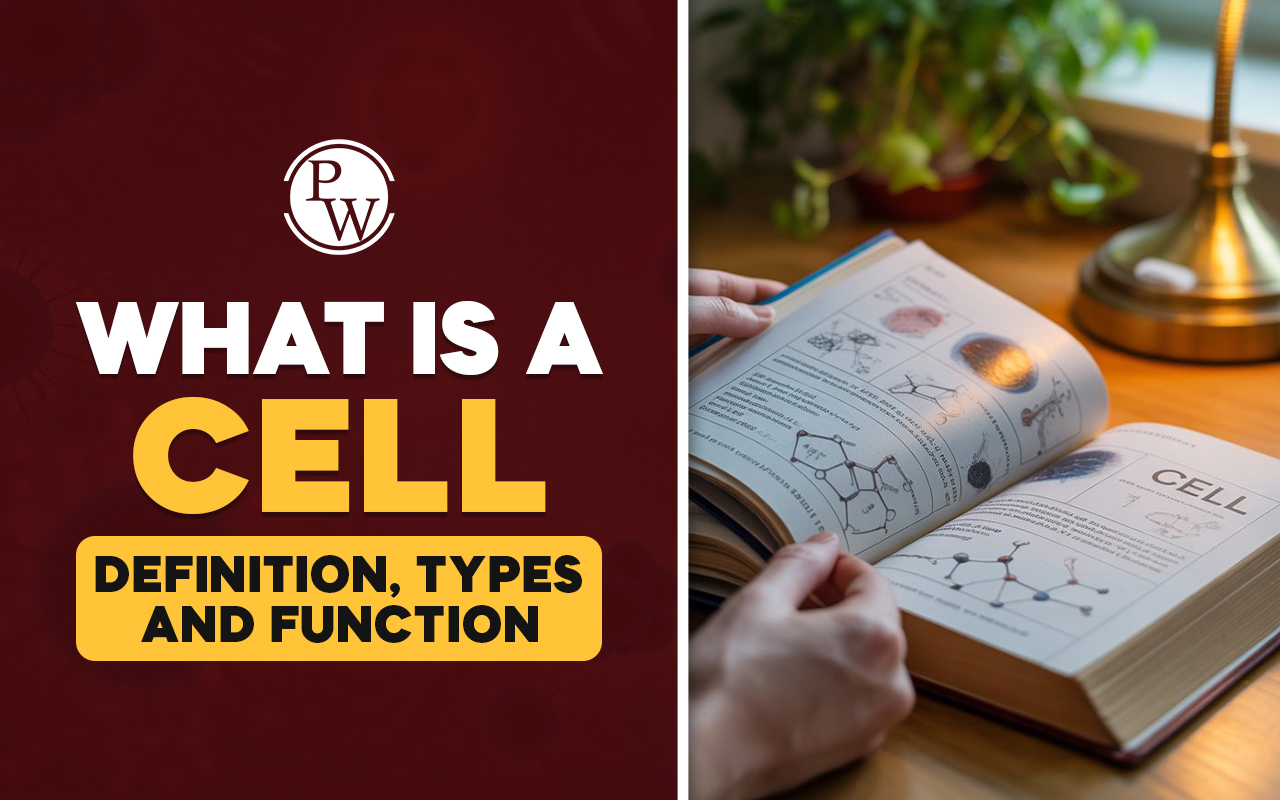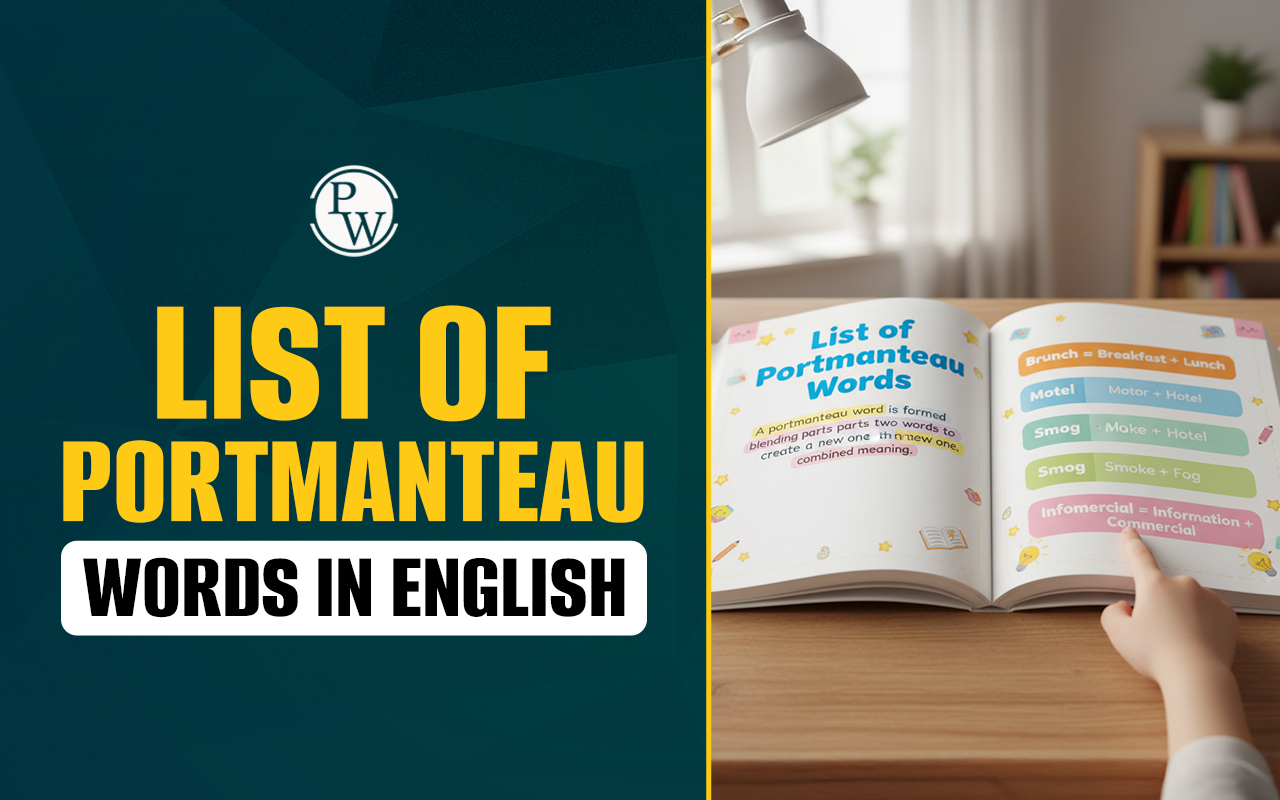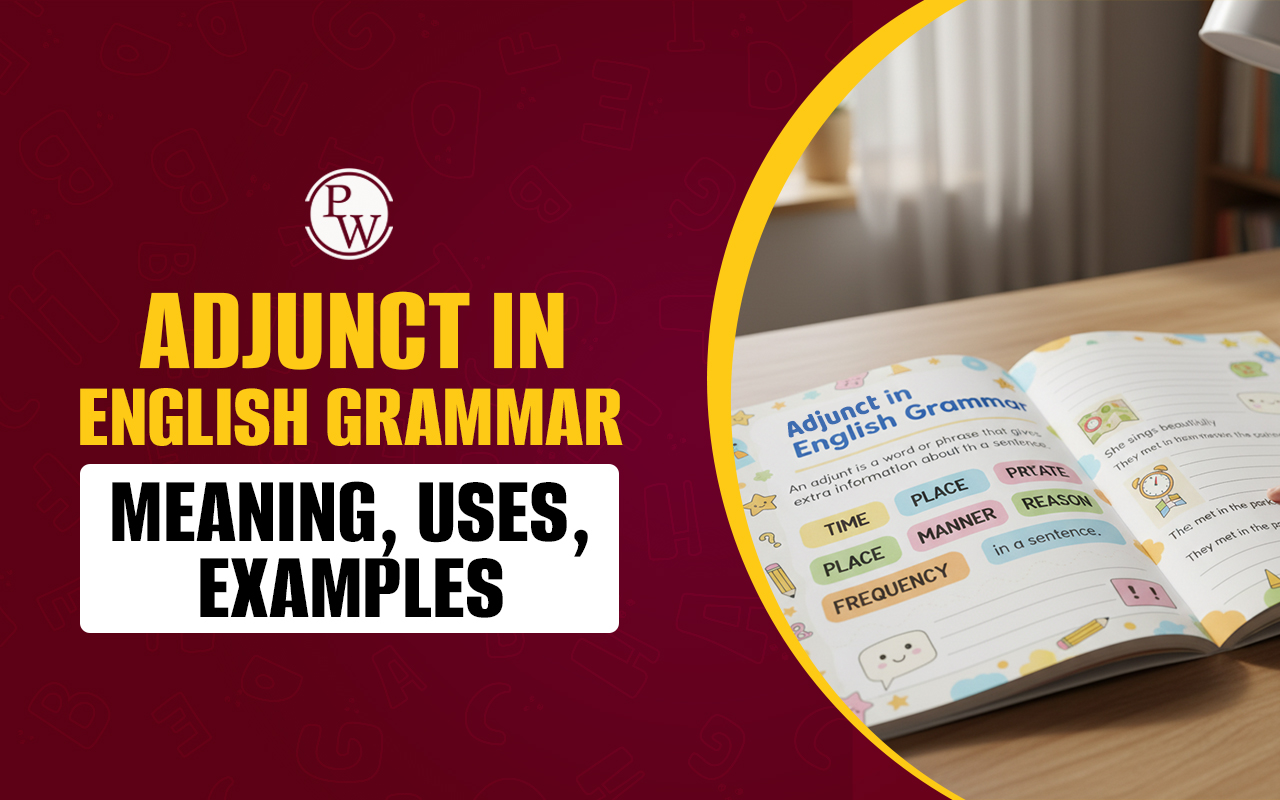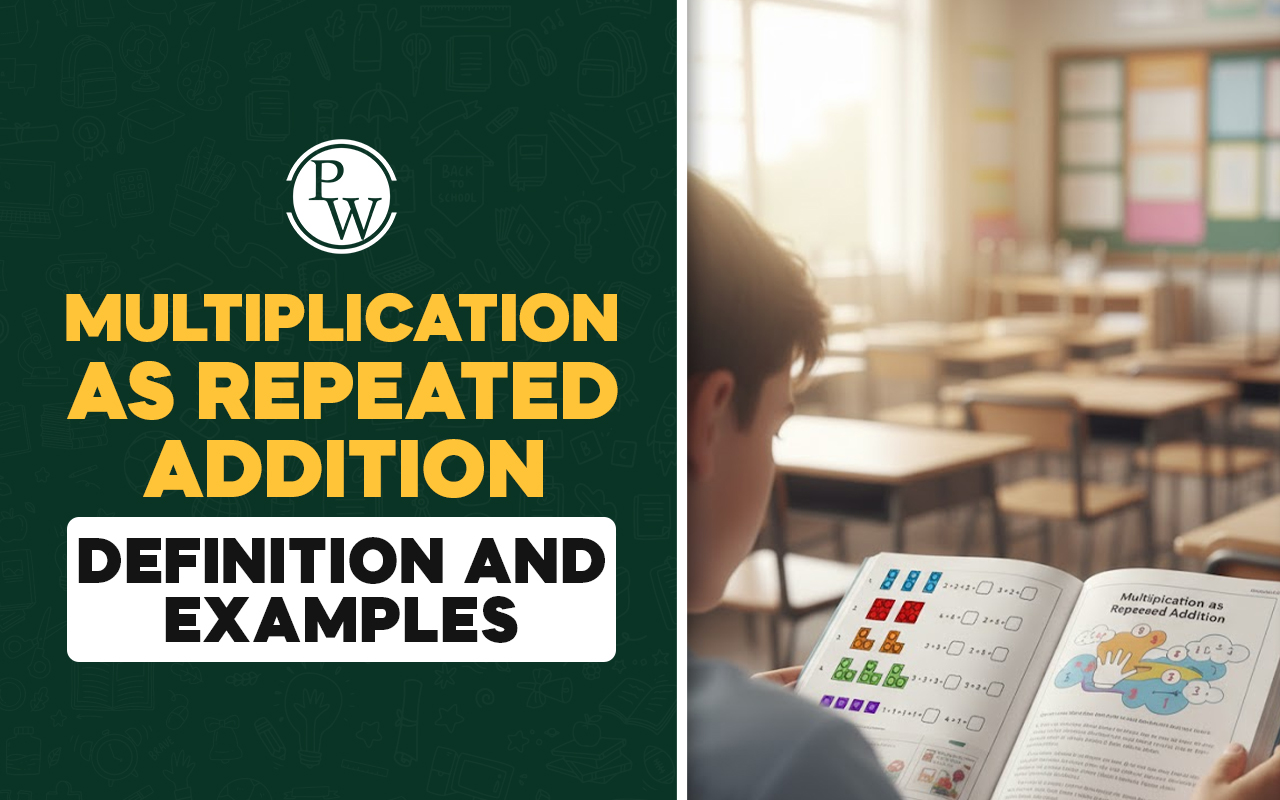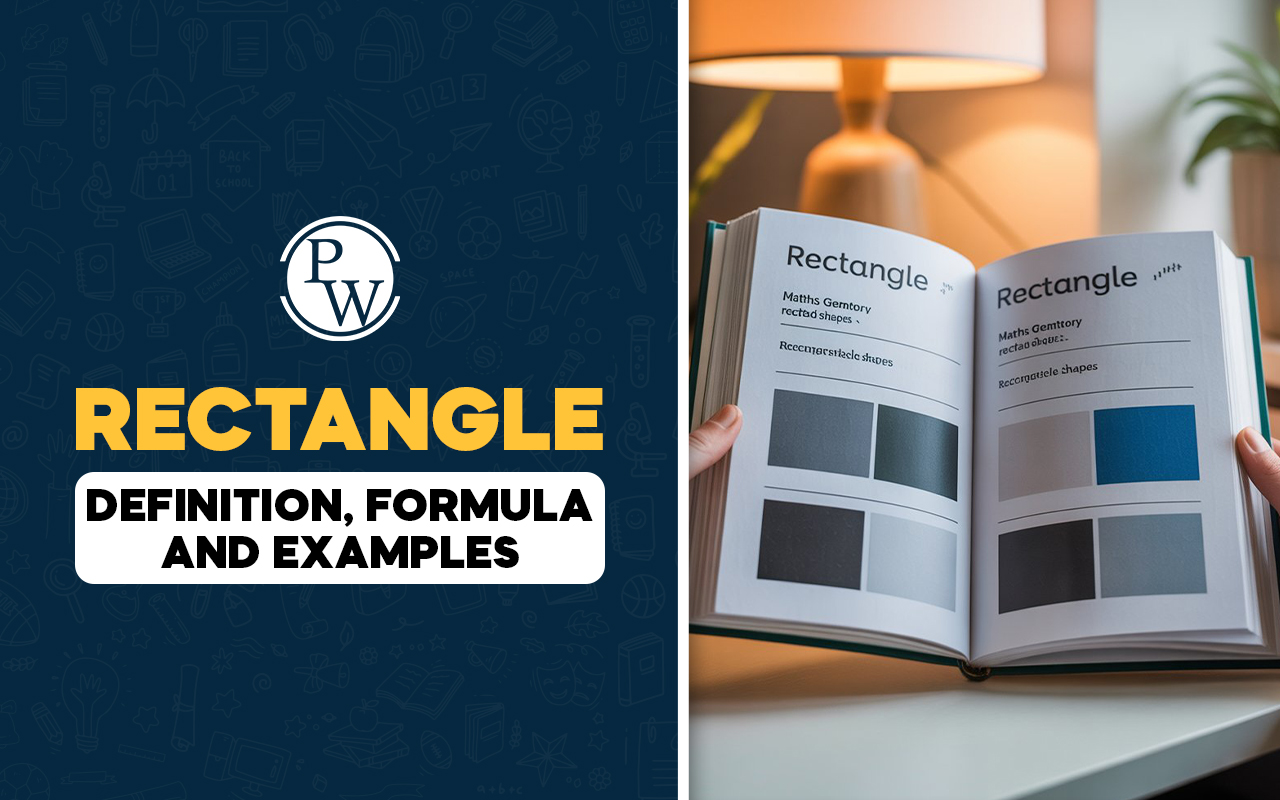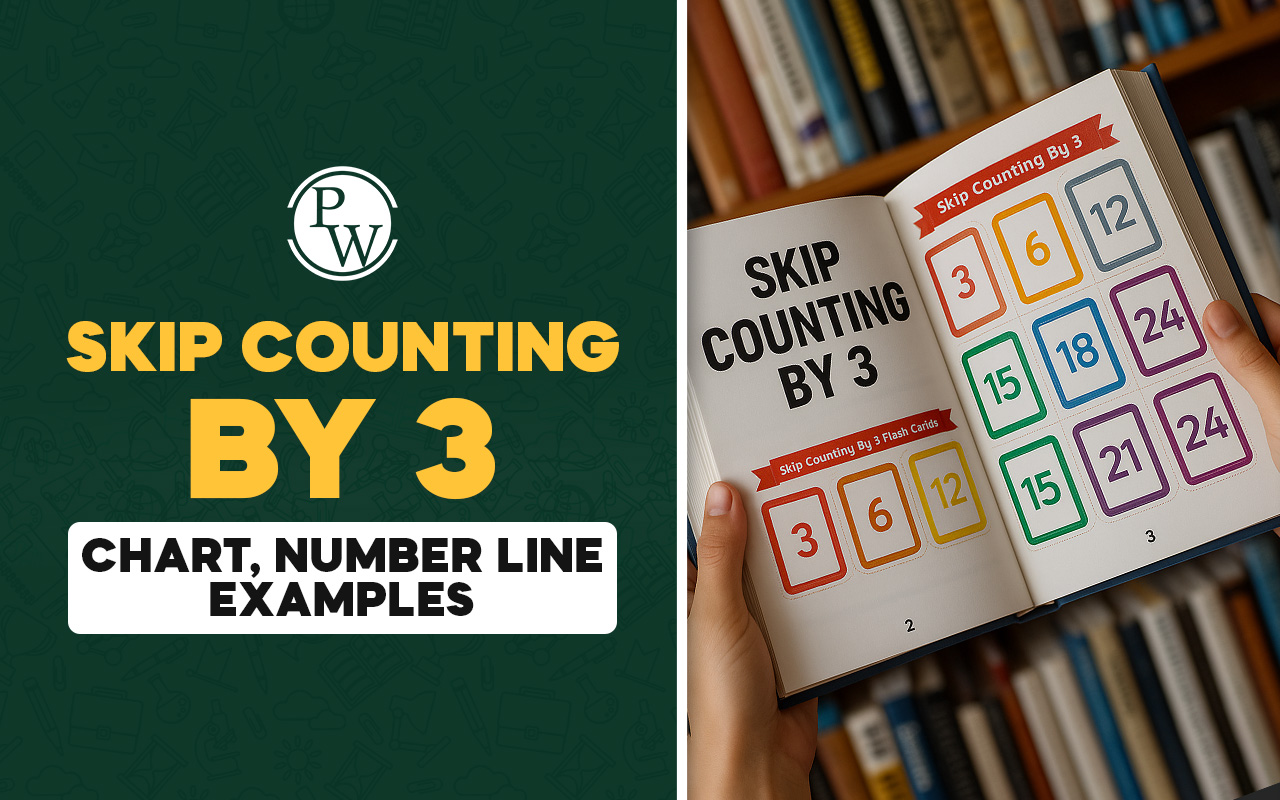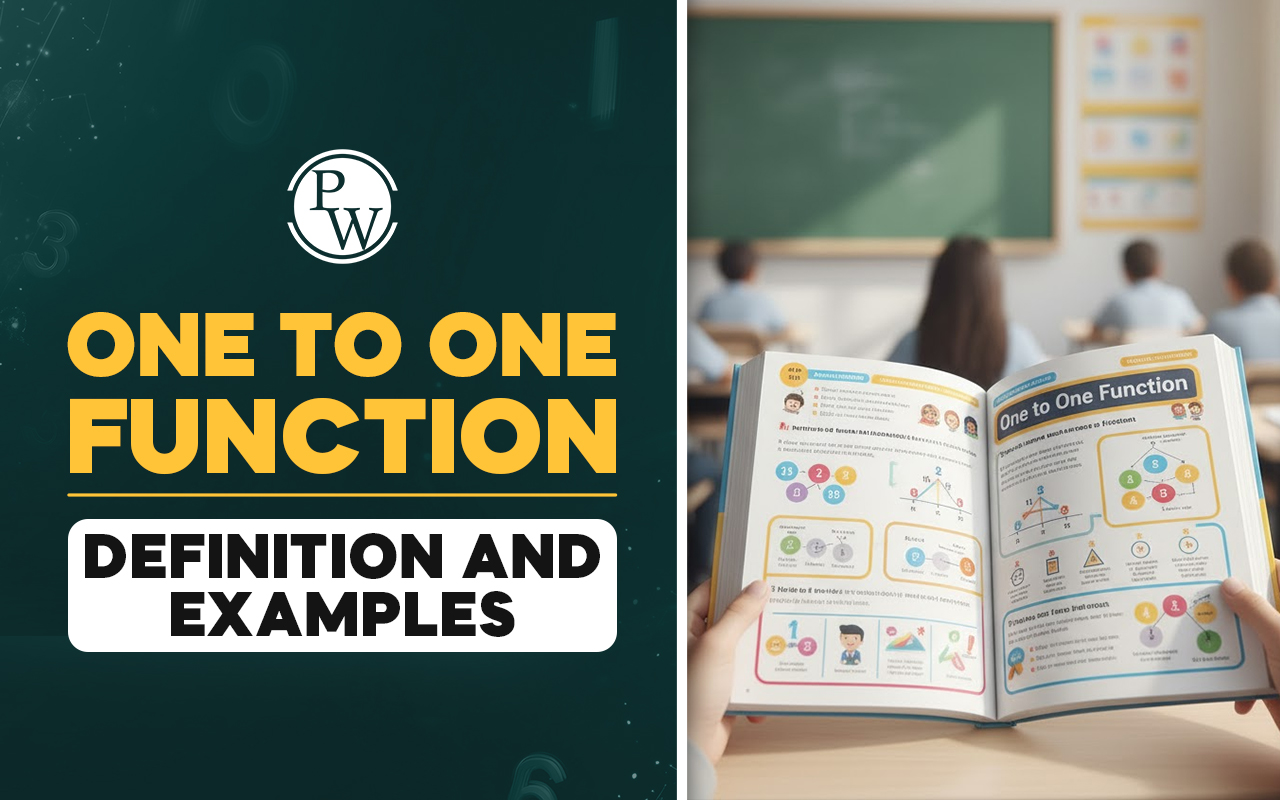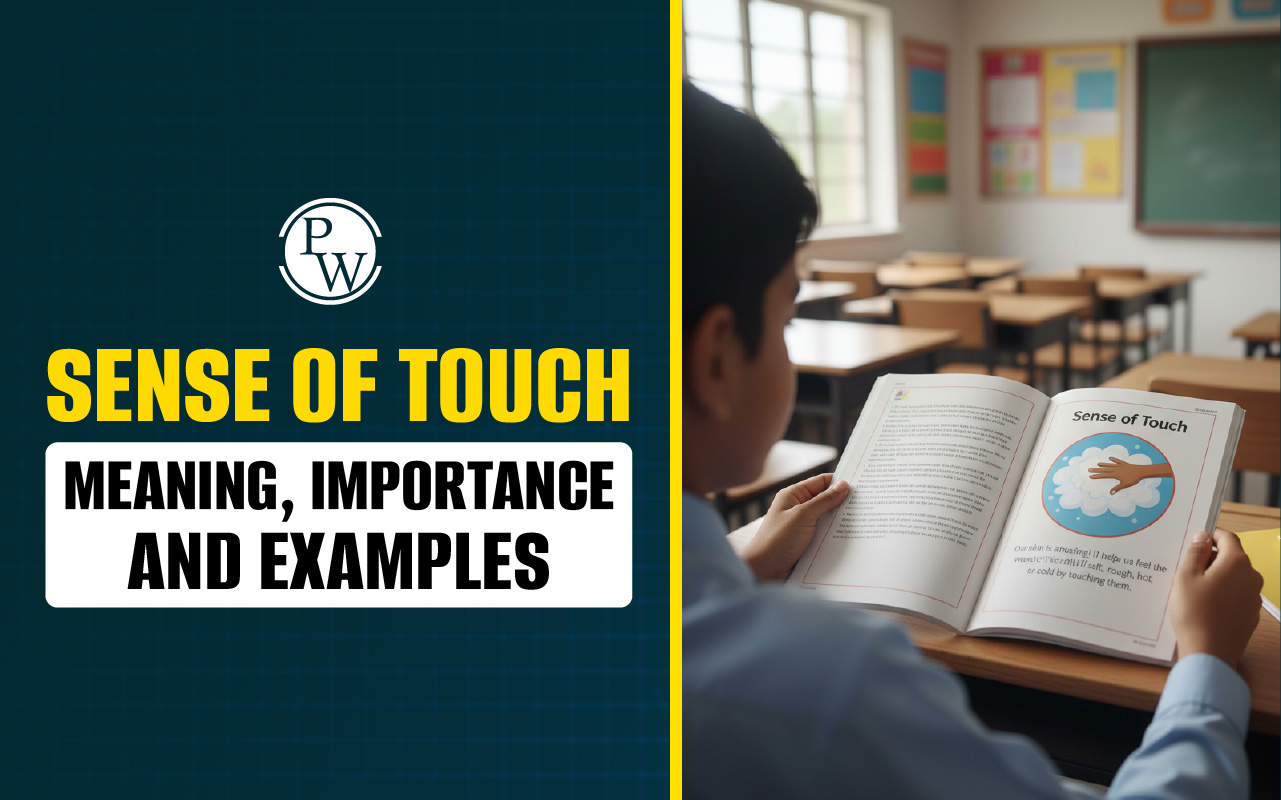
Comparative Degrees
English grammar utilizes adjectives to describe nouns in terms of size, color, feeling, or aspect. But what happens when we wish to compare two or more nouns having one and the same quality? For example, Lisa is happy while Meena is happier; how do we express that difference clearly?
The answer is degrees of comparison: the degree of comparing one thing against another through the different forms of the same adjective. Today's blog would cover what is comparative degree in grammar, the three main types of degree in grammar, and how they would be used correctly following simple rules on degrees of comparison along with examples.
Read More: List of Tricky Words in english
What is the Degree of Comparison?
The degree of comparison is a grammatical concept that helps us describe and compare how much of a quality a person or thing has. It is used with adjectives and adverbs to show whether a quality is being stated as it is, compared with something else, or expressed as the highest or lowest among others.
For example, when we say “The tea is hot,” we are simply describing the tea using the positive degree. If we say “This tea is hotter than the one I had yesterday,” we are using the comparative degree to show a difference between two things. And when we say “This is the hottest tea I have ever had,” we are using the superlative degree to show that this tea has the highest level of heat among all others.
These degrees of comparison examples help us be more specific and accurate when we talk about qualities such as size, speed, beauty, intelligence, and many others.
Types of Degrees of Comparison in Grammar
In English, adjectives and adverbs are often used to describe qualities. When we want to compare these qualities among different people, things, or times, we use what is called the degree of comparison. There are three types of degrees of comparison in Grammar:
-
Positive Degree
-
Comparative Degree
-
Superlative Degree
Each degree serves a different purpose in describing or comparing qualities. Let’s explore each one with simple definitions, degree of comparison rules, and clear examples.
1. Positive Degree of Comparison
The positive degree of Comparison is the basic form of an adjective or adverb. It describes a quality but does not compare it to anything else. It simply tells us what something is like.
Positive Degree of Comparison Examples:
-
The soup is ho
-
Riya is kind.
-
This road is narrow.
-
My dog is playful.
-
His shirt is clean.
-
The flowers are fresh.
-
Our teacher is smart.
-
Her handwriting is neat.
-
The baby is quiet.
-
The sky is blue.
2. Comparative Degree of Comparison
The comparative degree of Comparison is used when we are comparing two people, things, or actions. It shows which one has more or less of a particular quality.
There are two common degrees of comparison rules to form the comparative degree:
-
Add -er to the adjective (for shorter words)
-
Use more or less before the adjective (for longer words)
Comparative Degree of Comparison Examples:
-
This book is thicker than that one.
-
His bag is heavier than mine.
-
My house is bigger than yours.
-
The water is colder than yesterday.
-
Rahul runs faster than his friends.
-
Her dress is more beautiful than mine.
-
I am busier than usual today.
-
This puzzle is harder than the last one.
-
He is more polite than before.
-
The exam was easier than I expected.
Note: In the comparative degree, we often use the word than to connect the two things being compared.
3. Superlative Degree of Comparison
The superlative degree of Comparison is used to compare three or more people or things. It shows which one has the highest or lowest degree of the quality.
We usually form the superlative by:
-
Adding -est to short adjectives
-
Using most or least before longer adjectives
Superlative Degree of Comparison Examples:
-
We visited the oldest temple in the village.
-
This is the brightest star in the sky.
-
The cheetah is the fastest animal on land.
-
Ramesh is the strongest player on the team.
-
Ananya is the most talented dancer in our group.
-
He answered the toughest question in the quiz.
-
Today is the hottest day of the month.
-
She brought the biggest cake to the party.
-
That was the scariest scene in the movie.
-
This is the most colourful painting in the gallery.
In the superlative degree, we usually use “the” before the adjective because we are identifying something as the best, worst, or most extreme in its group.
Read More: Top 10 Longest Words in English
Rules of Degree of Comparison with Examples
When forming the comparative and superlative forms of adjectives, there is no one-size-fits-all rule. The way we change an adjective depends on how the word is spelt and how many syllables it has.
These are the key degrees of comparison rules:
Type 1: Adjectives that Double the Final Consonant
For short, one-syllable adjectives that end in a consonant, we often double the final consonant before adding -er for the comparative and -est for the superlative.
Examples:
-
big → bigger → biggest
-
hot → hotter → hottest
-
sad → sadder → saddest
Type 2: One-Syllable Adjectives with Vowel-Consonant Pattern
For monosyllabic adjectives that end in a single consonant after a vowel, we simply add -er and -est, without doubling the final letter.
Examples:
-
tall → taller → tallest
-
short → shorter → shortest
-
long → longer → longest
Type 3: Adjectives Ending in ‘e’
If the adjective already ends in the letter e, we just add -r for the comparative and -st for the superlative.
Examples:
-
large → larger → largest
-
brave → braver → bravest
-
fine → finer → finest
Type 4: Adjectives Ending in ‘y’
For adjectives ending in y, we change the y to i and then add -er or -est.
Examples:
-
happy → happier → happiest
-
busy → busier → busiest
-
lazy → lazier → laziest
Type 5: Longer Adjectives (Two or More Syllables)
Adjectives with two or more syllables usually form their comparative and superlative forms using more and most.
Examples:
-
beautiful → more beautiful → most beautiful
-
comfortable → more comfortable → most comfortable
-
intelligent → more intelligent → most intelligent
Type 6: Irregular Adjectives
Some adjectives don’t follow any standard rule. Their comparative and superlative forms are completely different words. These are called irregular adjectives.
Examples:
-
good → better → best
-
bad → worse → worst
-
far → farther/further → farthest/furthest
-
little → less → least
-
many → more → most
Always be careful not to mix patterns. For example, don’t say “more taller” or “most easiest.” Choose the correct rule based on the degree of adjective being used.
Also Read: How to Write Fast?
Degree of Comparison Exercises
Fill in the blanks with the correct degree:
-
This road is __________ than the other one. (narrow)
-
He is the __________ player on the team. (strong)
-
Her answer was __________ than mine. (accurate)
-
This cake is __________. (delicious)
-
Mount Everest is the __________ mountain. (high)
Answers:
-
narrower
-
strongest
-
more accurate
-
delicious
-
highest
Why Degree of Comparison?
Understanding the types of degree in grammar and applying the correct degrees of comparison rules allows us to speak and write English more precisely. Whether you are simply describing something with a positive degree, comparing two things with a comparative degree, or identifying the extreme with a superlative degree, using the correct degree of adjective makes communication clearer.
Give Your Child a Confident Start in English with CuriousJr’s Cambridge-Based Program
CuriousJr’s English learning online classes follow the Cambridge English curriculum and are designed to match your child’s current skill level. Whether your child is just starting or already familiar with the basics, our step-by-step program from Pre A1 Starters to B1 Preliminary helps students in Classes 1 to 8 strengthen their English grammatical skills with confidence. Each lesson focuses on developing grammar, vocabulary, reading, writing, speaking, and fluency in a way that is easy to understand and enjoyable to learn.
What sets CuriousJr apart?
-
Small group sizes for personal attention
-
Play-based activities that make learning fun
-
Dedicated teachers who guide students at their own pace
Book a demo class today.

